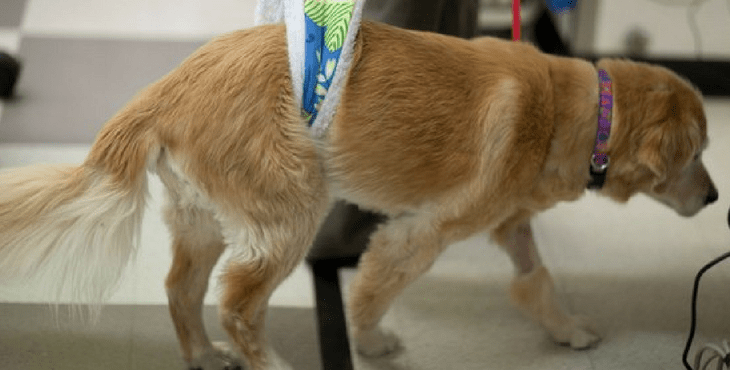If you’ve noticed that your dog has been urinating more frequently than usual, urinating in the house or has been whining to go out more often, he may have an Urinary Tract Infection (UTI). UTIs are painful infections that give canines an urgent and frequent need to urinate.
Increased frequency of urination and inappropriate urination may also be indicative of other diseases that commonly affect older dogs including kidney failure, diabetes and Cushing’s disease. It’s important for your vet to determine what is causing these symptoms, so that your dog can be treated appropriately.
UTIs are common in dogs and are more likely to affect older, spayed females and non-neutered males. In most cases, UTIs could be treated by your veterinarian, but it is very important to properly treat these infections, not only for your dog’s comfort, but because undealt with UTIs can lead to kidney failure or a chronic, recurrent infection.
Signs your dog might have an UTI
- In addition to increased frequency of urination, the classic signs of an UTI are:
- - Urination in inappropriate places
- - Difficulty when urinating (straining)
- - Pink or red urine (indicating the presence of blood)
- - Strong and/or foul smelling urine
- - Lethargy
- - Fever
If you notice any of these signs you should have your dog examined immediately. This will help flush out his urethra and assist prevent bacteria from entering his bladder. If your dog is diagnosed with an UTI, your veterinarian will probably recommend oral antibiotics to treat the infection. Treatment usually includes one to two pills a day for the duration of at least two weeks.
Steps you can take to prevent UTIs
Make sure your dog has the opportunity to go outside every few hours in order for him to relieve himself. Also, ensure your dog drinks plenty of fresh water each day. Your veterinarian will give your dog an urinalysis to determine the presence of bacteria – that will confirm that your dog has an infection.


